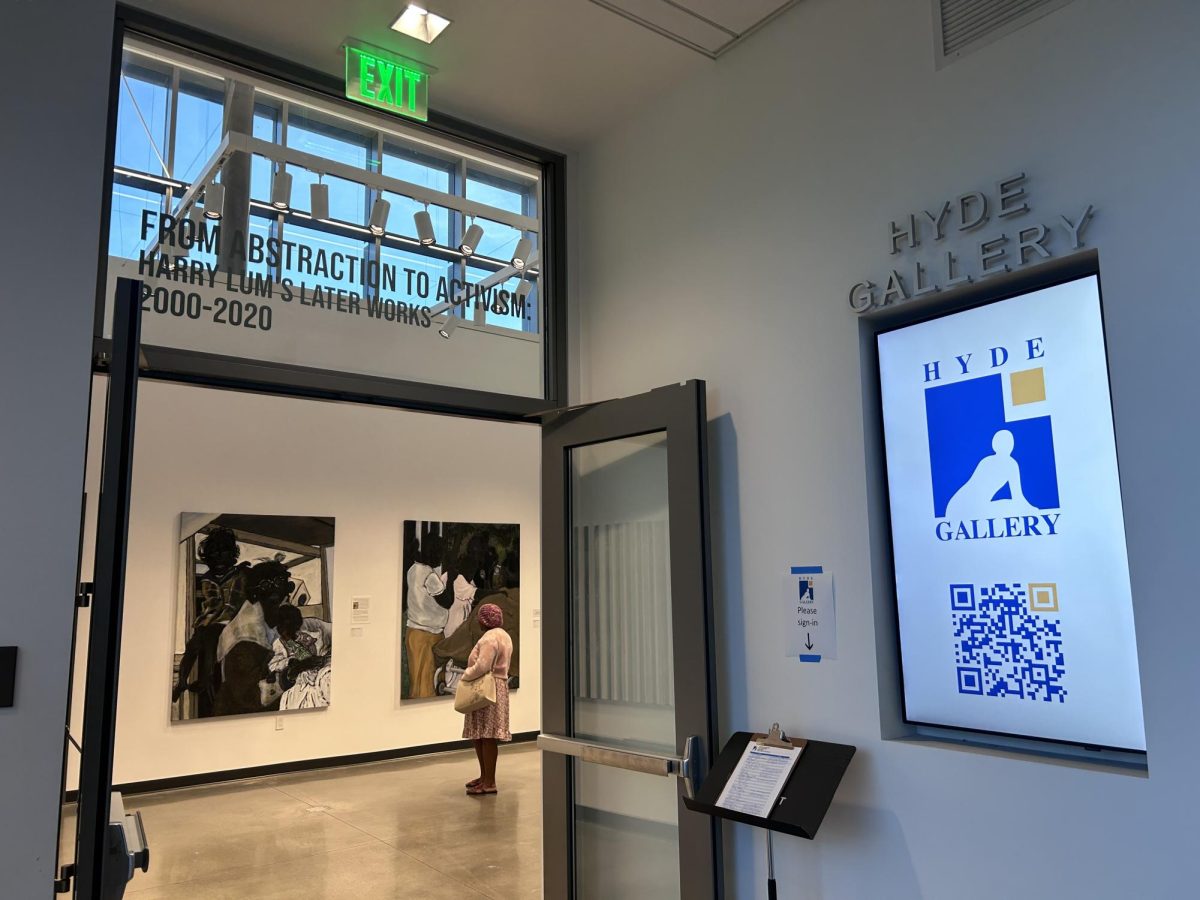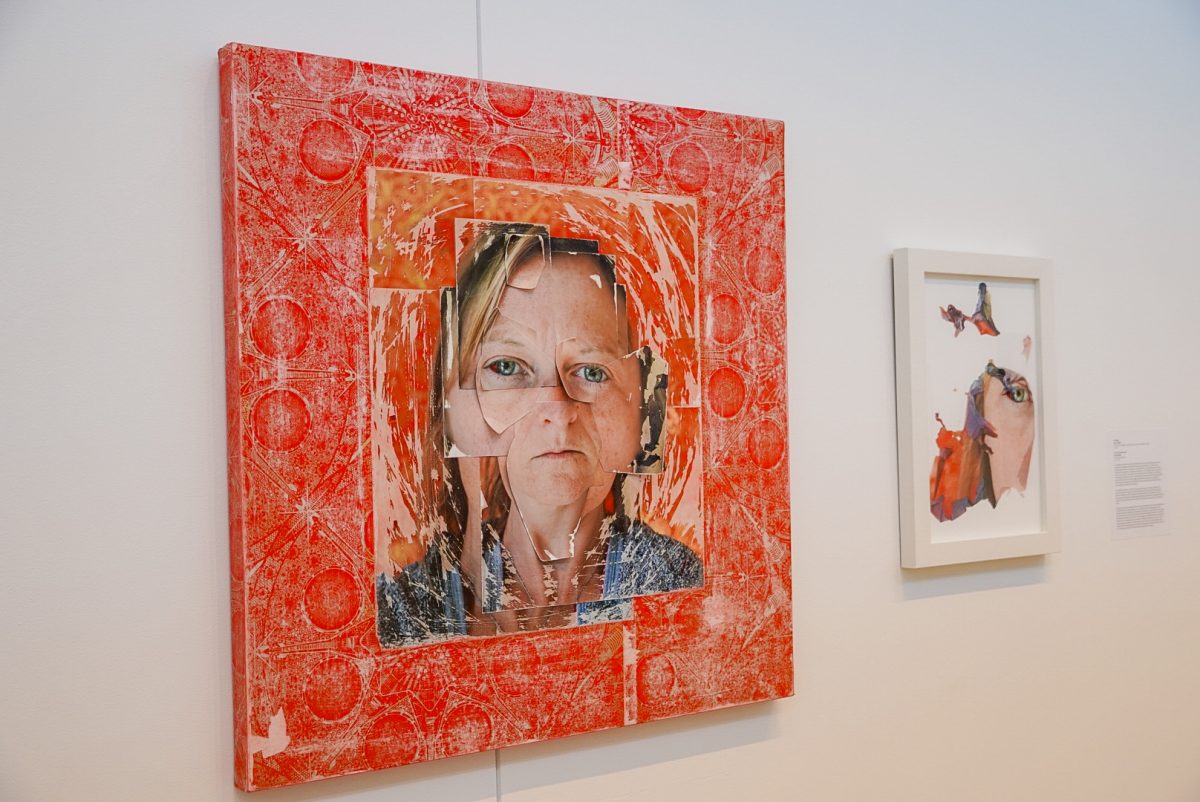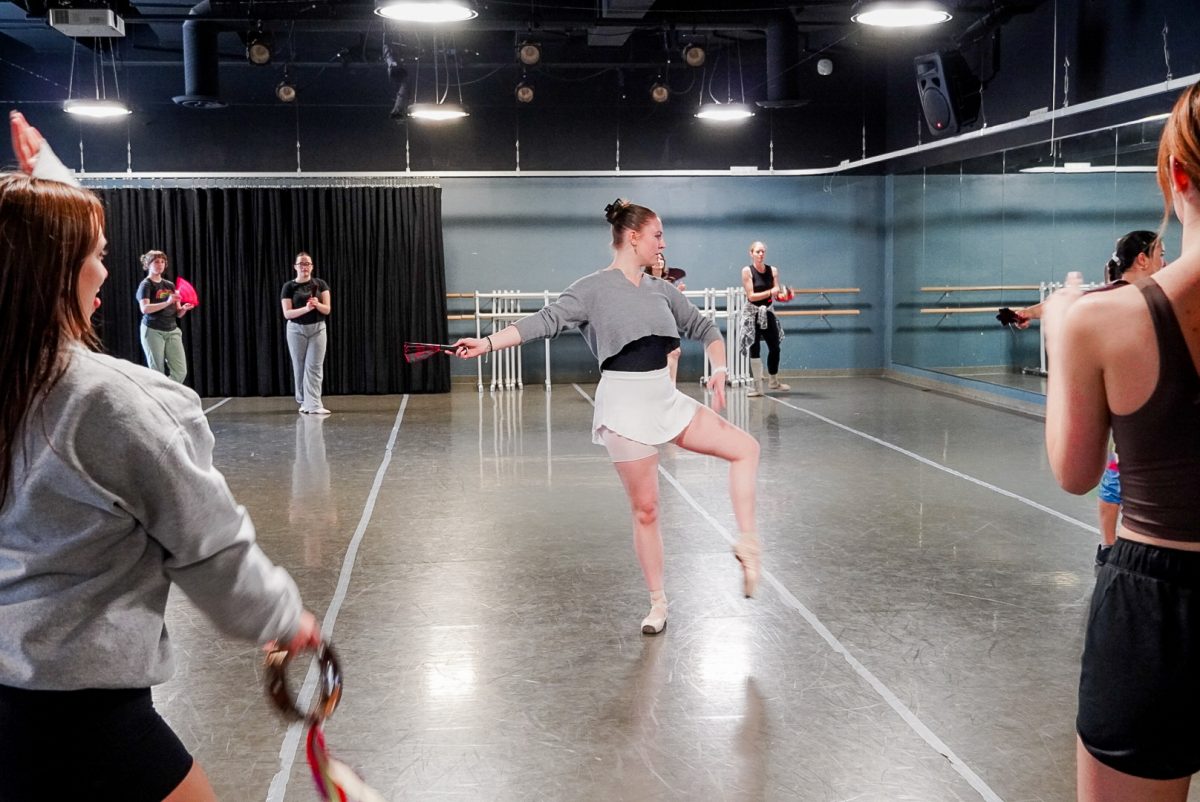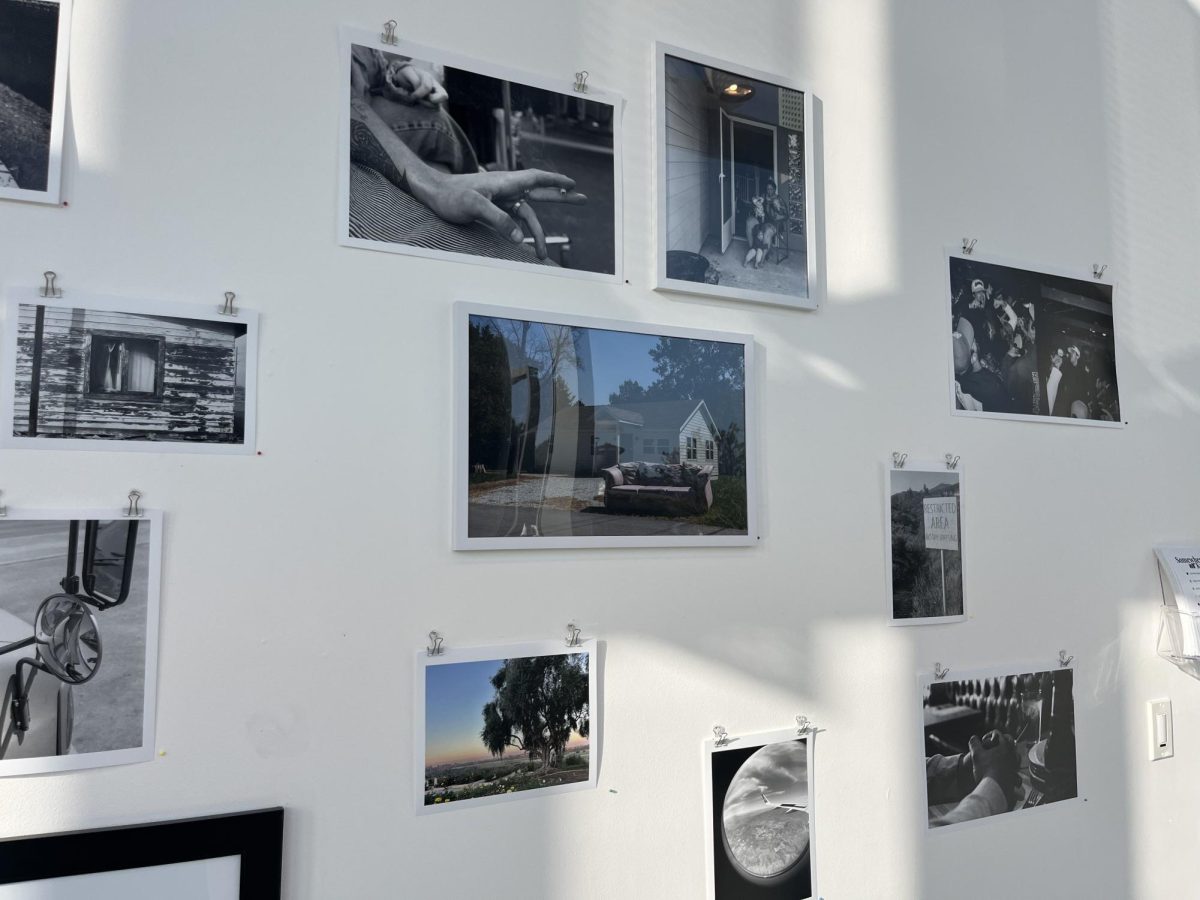GROSSMONT COLLEGE, September 4 – The works of three Southern California landscape artists—Suong Yangchareon, William Glen Crooks, and Wade Cline—are currently on exhibit at the Hyde Art Gallery. An opening night reception August 31 attracted scores of Grossmont students and visitors. Art Professor Bill Mosley selected the exhibitors, and curator Ben Aubert oversaw the exhibit which ends Sept. 16.

Artist Suong Yangchareon, describing his work, said, “I am not a photo realist I love cities; I love where I live (Los Angeles). I was always drawn to realism – it was not a ‘style’ … I don’t have a ‘metaphor’ – there is no other ‘deep meaning’ for it.”
He said that if he paints a ‘truck’, it will end up like a ‘truck’, because he wants just that – a truck. “I love to paint what I know, but I am not doing ‘philosophy’,” Yangchareon said. “I mean, I love Los Angeles, so I paint Los Angeles; but I am not ‘explaining’ Los Angeles.”
Yangchareon’s Thai accent added a delightful timbre to his clear, deliberate, well-chosen words, as he gleefully explained his perspective on art, family, and the world around him.
When Yangchareon was a child in Thailand, his father owned a movie theater. “Often times,” Yangchareon recalled excitedly, “the girl in the booth selling tickets – she was my baby-sitter!” The baby-sitter’s instructions to him: “Sit here in the theater-seat. Don’t go anywhere.”
According to Yangchareon, by watching so many American films as a child, he became “brainwashed” (a term which he used light-heartedly): “I was brainwashed by American films: westerns, all of it – grown-up stuff!” Yangchareon said he came to love American culture: “American music, American musicians and painters!”

Artist William Glen Crooks was quick to explain how and why he paints as he does. He spoke specifically of his interest in shades of the color orange. Many – but certainly not all – of his paintings reflect the effects of a warming sunlight, and Crooks’ appreciation for orange.
According to Crooks, he is a perfectionist and must set limits on his fine-tuning of pieces, “or else”, he explained, “I would never finish!” Of his painting, Vespers – which portrays a warm sunset – Crooks said, “I sealed it in and then I put a varnish over it…but I can take the varnish off and change something, if I wanted.”
Raised in Imperial Beach, Crooks said that an early artistic endeavor was in second grade, when he would practice drawing Fred Flintstone, the Jetsons, and other popular cartoon characters. “From then on, I was hooked; and I never wanted to be anything else.” He was the cartoonist for his high-school newspaper, and eventually became the paper’s editor.
After high-school, Crooks would take the bus from Imperial Beach to Balboa Park – drawing things as they passed – and then sketching paintings in the museums. Eventually he began drawing people, which led him to paint pictures of the people whom he had drawn.
A trip to San Francisco prompted Crooks to mostly set aside landscape painting for a while, and take-up portraiture. “Now,” according to Crooks, “my aim is to kind of balance landscapes and figure-painting.”
Always on the go – Crooks drives around, daily, always searching for his next chance to reflect the world on canvas.

Wade Cline’s art illustrates the effects of fog and haze on familiar surroundings. When asked about the origin of his style, Cline said, “style is something that you end up with – you don’t necessarily start out to achieve a certain style.” His style, he concedes, “might seem disheartening to some.”
“But my paintings don’t have to be seen as ‘gloomy’,” Cline said, “there is plenty of color, it is just presented differently than, for example, daytime pictures…and paintings don’t have to be bright necessarily; but they should always be convincing and rich.” What seems to be a trademark of Cline’s is a haze which at once obscures – yet clarifies – his paintings.
In a written statement – distributed at the Hyde Art Gallery – Cline has offered the follow insight into his perspective on art:
“I am a visual-artist, not an intellectual-artist. I have great respect for any painter who can carry on against the jejune of ‘isms’ of my time. My art is supposed to be ‘Matter-of-Fact’ and, I hope, convincing. The titles of my paintings, such as they are, must serve as the program notes. Art is not everywhere, but sometimes one can catch a glimpse of it or the feeling of a poem or the sound of music in the world which surrounds us. Or perhaps not!”










